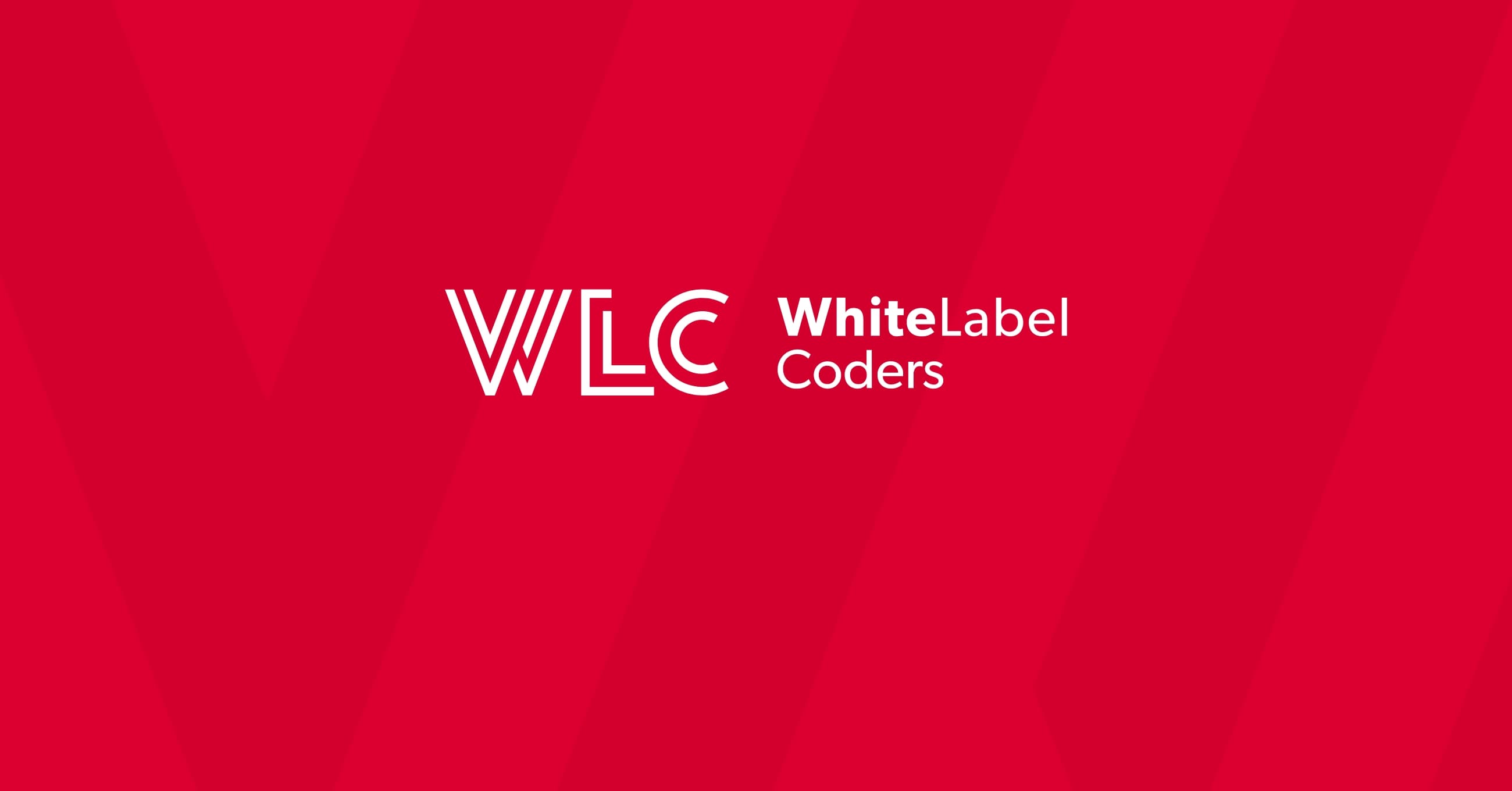Category: SEO AI
How do you ensure regulatory compliance in iGaming software?

Ensuring regulatory compliance in iGaming software requires implementing comprehensive systems that meet international gaming authority standards, including player protection measures, anti-money laundering protocols, and technical certification requirements. Compliance involves continuous monitoring, automated reporting systems, and regular audits to maintain licensing across multiple jurisdictions. This process protects both operators and players whilst ensuring sustainable business operations in the heavily regulated online gambling industry.
What is regulatory compliance in iGaming and why is it critical?
iGaming regulatory compliance refers to adhering to the legal frameworks, technical standards, and operational requirements set by gaming authorities to operate online gambling platforms legally. It encompasses everything from player protection and responsible gambling measures to financial transaction security and game fairness protocols.
The importance of compliance cannot be overstated in the iGaming industry. Operating without proper compliance leads to severe consequences including license revocation, hefty financial penalties, and complete market exclusion. Gaming authorities have the power to block payment processors, blacklist operators, and pursue legal action against non-compliant businesses.
The regulatory landscape varies significantly across jurisdictions, with each territory maintaining its own specific requirements. What makes compliance particularly challenging is that many iGaming operators serve multiple markets simultaneously, requiring adherence to different regulatory frameworks concurrently. This complexity demands robust compliance management systems and dedicated legal expertise.
Beyond avoiding penalties, compliance builds trust with players, payment providers, and business partners. It demonstrates operational integrity and creates a sustainable foundation for long-term growth in the competitive online gambling market.
Which regulatory bodies govern iGaming software worldwide?
Major international gaming regulatory authorities include the UK Gambling Commission (UKGC), Malta Gaming Authority (MGA), Curacao eGaming, Alcohol and Gaming Commission of Ontario (AGCO), and numerous other jurisdictional bodies. Each authority maintains specific licensing requirements, operational standards, and technical specifications that directly impact software development decisions.
The UKGC sets some of the strictest standards globally, requiring comprehensive player protection measures, detailed financial reporting, and rigorous technical testing. Their requirements often influence software architecture decisions, particularly around responsible gambling tools and data protection protocols.
The Malta Gaming Authority offers a well-respected European license with clear regulatory frameworks and reasonable compliance costs. MGA licenses are recognised across many European markets, making them attractive for operators targeting multiple jurisdictions.
Curacao eGaming provides a more accessible entry point for many operators, though recent regulatory changes have increased compliance requirements significantly. The jurisdiction offers four different license types, each with specific operational parameters.
Newer authorities like AGCO in Ontario represent the growing trend of regional regulation, requiring operators to meet local compliance standards whilst maintaining broader international certifications. This creates complex compliance matrices that software systems must accommodate through flexible, jurisdiction-aware architectures.
What are the core compliance requirements for iGaming platforms?
Core compliance requirements include player protection measures, responsible gambling tools, anti-money laundering protocols, data protection compliance, game fairness certification, and secure financial transaction processing. These elements form the foundation of any compliant gaming platform and must be integrated at the software level.
Player protection measures encompass identity verification systems, age verification protocols, and self-exclusion mechanisms. These tools must be easily accessible and function across all platform touchpoints, from registration through ongoing gameplay.
Responsible gambling tools require sophisticated implementation including deposit limits, session time controls, reality checks, and cooling-off periods. Modern platforms integrate these features seamlessly into the user experience whilst maintaining their protective effectiveness.
Anti-money laundering protocols demand comprehensive transaction monitoring, suspicious activity detection, and automated reporting systems. Gaming platforms must track player behaviour patterns, flag unusual transactions, and maintain detailed audit trails for regulatory review.
Data protection requirements, particularly under GDPR and similar frameworks, require robust privacy controls, consent management systems, and secure data handling procedures. Gaming platforms handle sensitive personal and financial information, making data protection compliance absolutely critical.
Game fairness standards ensure random number generation meets certified standards, game outcomes remain unpredictable, and return-to-player percentages match published rates. This requires integration with certified random number generators and regular third-party testing.
How do you implement KYC and AML compliance in gaming software?
KYC and AML compliance implementation involves integrating automated identity verification systems, transaction monitoring algorithms, and suspicious activity reporting workflows directly into the gaming platform architecture. These systems must operate in real-time whilst maintaining smooth user experiences and comprehensive audit capabilities.
Identity verification processes typically integrate with third-party verification services that check government databases, credit agencies, and sanctions lists. The system must capture and verify identity documents, perform facial recognition matching, and validate address information automatically.
Transaction monitoring requires sophisticated algorithms that analyse deposit patterns, withdrawal requests, and betting behaviours to identify potentially suspicious activities. The system must flag transactions that exceed normal patterns, involve high-risk jurisdictions, or match known money laundering typologies.
Automated compliance workflows streamline the review process by routing flagged activities to compliance teams with all relevant information pre-populated. This includes transaction histories, player profiles, and risk assessments that enable quick decision-making.
Suspicious activity reporting systems must generate regulatory reports automatically when certain thresholds are met. These reports require specific formats and timing requirements that vary by jurisdiction, necessitating flexible reporting engines that can adapt to different regulatory frameworks.
Modern WordPress-based iGaming platforms can integrate these compliance systems through custom plugin development and API connections to specialised compliance service providers, ensuring robust protection whilst maintaining platform performance.
What technical standards must iGaming software meet for certification?
Technical certification standards require random number generation certification, comprehensive game testing protocols, security framework compliance, detailed audit trail capabilities, and system reliability measures validated by accredited third-party testing laboratories. These standards ensure platform integrity and player protection.
Random number generation certification involves rigorous testing of RNG algorithms to ensure true randomness and unpredictability. Testing laboratories like eCOGRA, GLI, and iTech Labs conduct extensive mathematical analysis and ongoing monitoring to maintain certification validity.
Game testing protocols examine each game’s mathematics, return-to-player percentages, and bonus feature functionality. Testing covers millions of game rounds to verify that outcomes match theoretical expectations and that no exploitable patterns exist.
Security standards encompass SSL encryption implementation, secure payment processing, fraud prevention systems, and penetration testing requirements. Platforms must demonstrate protection against common attack vectors and maintain security certifications like PCI DSS compliance.
Audit trail requirements demand comprehensive logging of all system activities, player actions, and administrative functions. These logs must be tamper-proof, searchable, and retained for specified periods to support regulatory investigations and routine audits.
System reliability measures include uptime requirements, disaster recovery capabilities, and performance benchmarks that ensure consistent service delivery. Gaming platforms must demonstrate ability to handle peak loads whilst maintaining response times and transaction integrity.
How do you manage ongoing compliance monitoring and reporting?
Ongoing compliance monitoring requires automated monitoring systems, regular audit procedures, systematic regulatory reporting, comprehensive compliance dashboards, and continuous regulatory knowledge updates. This creates a proactive compliance management framework that prevents violations and maintains licensing status.
Automated monitoring systems continuously scan platform activities for compliance violations, unusual patterns, and regulatory threshold breaches. These systems generate real-time alerts and compile regular compliance reports without manual intervention.
Regular audit procedures include internal compliance reviews, external auditor assessments, and regulatory authority inspections. Gaming platforms must maintain audit-ready documentation and demonstrate compliance across all operational areas consistently.
Regulatory reporting requirements vary by jurisdiction but typically include financial reports, player activity summaries, responsible gambling metrics, and anti-money laundering statistics. Automated reporting systems ensure accurate, timely submission of required documentation.
Compliance dashboards provide management teams with real-time visibility into compliance status across all regulatory requirements. These dashboards highlight potential issues, track key performance indicators, and provide actionable insights for compliance improvement.
Maintaining current regulatory knowledge requires dedicated compliance teams that monitor regulatory changes, assess impact on operations, and implement necessary system updates. The regulatory landscape evolves continuously, demanding agile compliance management approaches that can adapt to new requirements efficiently.

